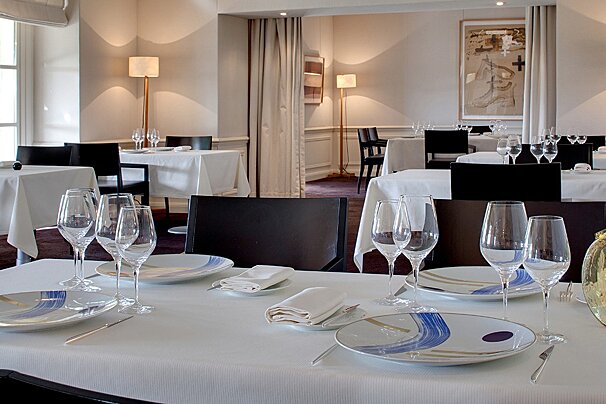
Chateau Cordeillan-Bages Restaurant, Pauillac
Situated among vineyards, this restaurant offers the gastronomic creations of a new chef for 2017.

© Chateau Pomys
Beautiful setting in the middle of the vineyards
Château Pomys looks like a white Italian villa, built with a gorgeous architecture and nestled under the shade of trees.
This haven of peace opens its doors for a Medoc stop over and offers: 10 large rooms with all modern conveniences, 1 seminar or wedding hall and a gourmet restaurant with a terrace and a view on the park.
The rooms are spacious and bright, with an open view on the park and the vineyards, and fully equipped with a bathroom (bathtub or shower), toilet, TV and mini bar.

Situated among vineyards, this restaurant offers the gastronomic creations of a new chef for 2017.

Situated in the famous wine region of Medoc, this restaurant serves creative French dishes. The beautiful 19th-century building has an elegant dining room as well as a pleasant terrace where the chef grills fresh local produce.
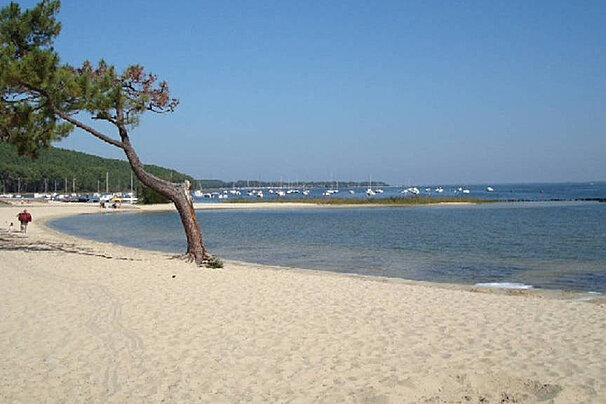
A protected natural reserve with wild marshes, sand dunes and pine forests, this huge body of water is perfect for outdoor activities such as sailing, swimming, water skiing, windsurfing, canoeing, fishing, kite surfing, paddle boarding, or walking and biking along the trails and cycle paths that line the shores of the lake.

Just 12km away from the town of Hourtin, the beach of Hourtin Plage sits on the Atlantic ocean and offers a wide range of watersports for all levels.
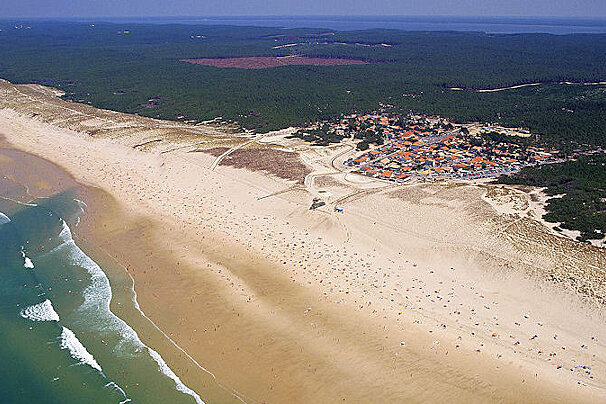
Backed by the small town of Carcans Océan, this white sand beach on the western Atlantic coast is a popular surf spot.

The beaches extend to 7km of fine-sand beaches along the Atlantic coast; Centre Beach, South Beach and Amelie Beach making up the most popular and closest to the town.
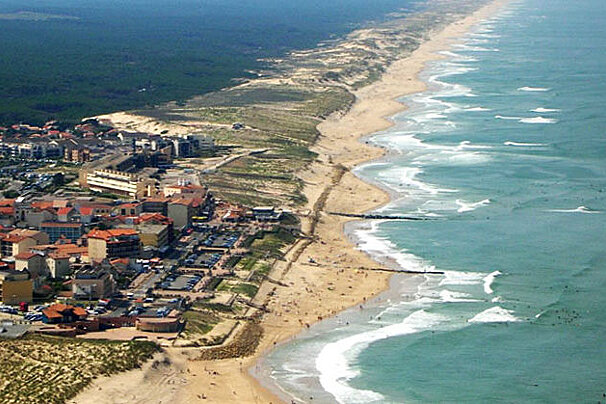
Over time, the wind and ocean currents have gradually created a wall of sand dunes, behind which streams and rivers have allowed the formation of lakes and freshwater ponds.
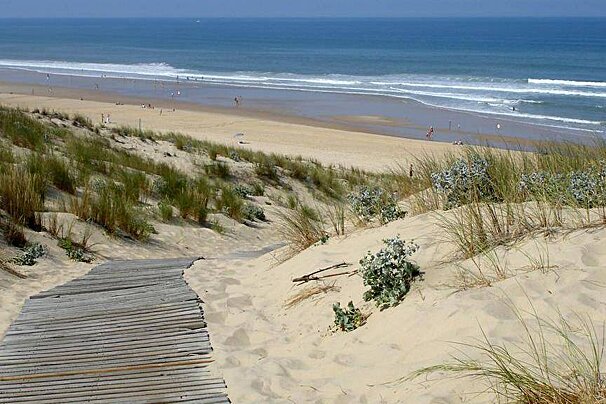
Le Porge beach is also known for its large waves and strong undertow, even if the rescuers are not far away, you must remain cautious as you would for many of the ocean beaches.

Owned by Baroness Philippine de Rothschild, this château produces some of the great Médocs.

The building itself was regenerated and built with the materials from a previous church when it became too small!
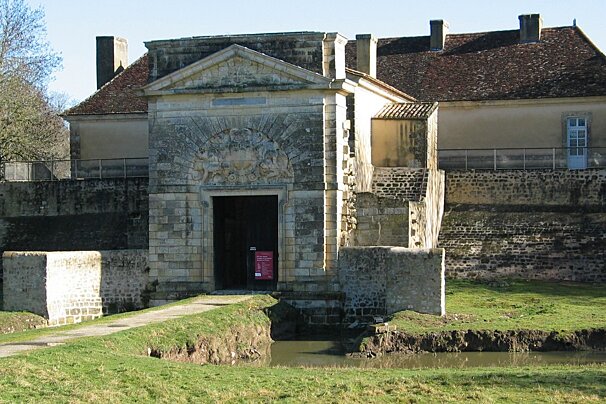
Situated on the left bank of the gironde estuary, opposite the Citadel of Blaye and the Fort Pate, it was built by Vauban in the 17th century. The three buildings together formed a barrier to block the Gironde estuary from attack.
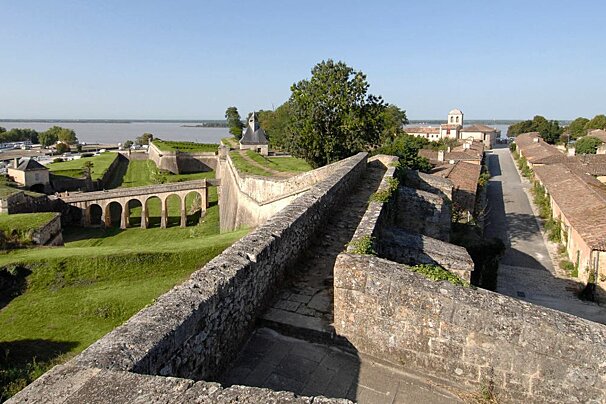
The fortified citadel at Blaye, standing on the opposite bank of the river Gironde to Fort Médoc, forms, along with Fort Paté, the region's 17th-century defence against river attack.

This small museum was established in 1975 by local people who wanted to preserve and remember their local heritage and the history of the Medoc / Bordeaux area.

Travelling from the port at the very tip of the peninsula, at the opening of the Gironde estuary, La Pointe de Grave, the train travels down through Le Verdon and on to Soulac-sur-Mer.
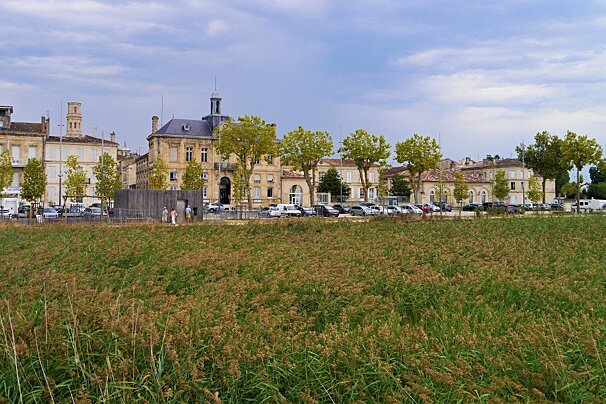
The vineyards around this town produce some of the best wines in Bordeaux. Located on the Gironde estuary, Pauillac itself has grown up as a port town.
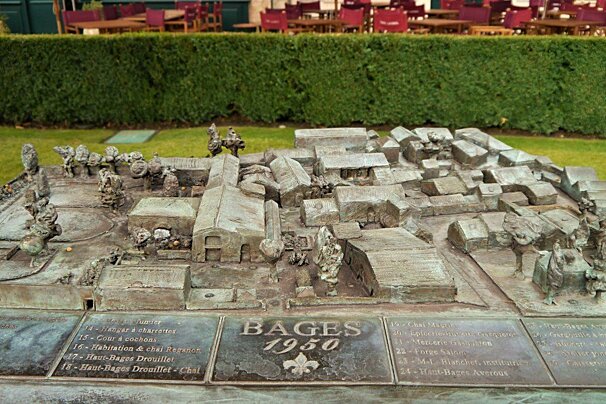
An entire village that had been abandoned by the middle of the 20th century, was beautifully restored in 2003.
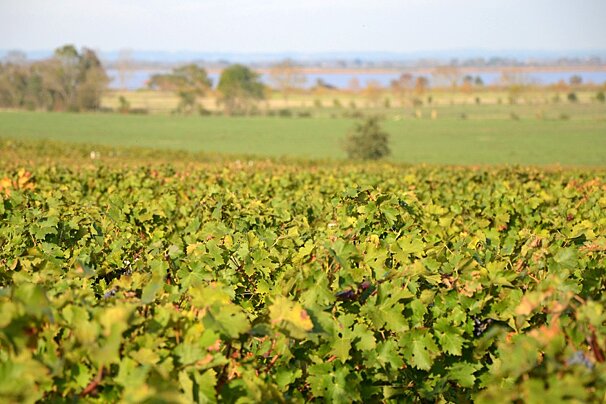
Huge amounts of the region are covered in vines, growing the grapes which produce some of Bordeaux's finest wines. across around 1,500 vineyards.

The town of Blaye is situated on the right bank of the Gironde estuary. Its major historical feature is its fortified citadel, which along with Fort Médoc and Fort Paté make up a trio of fortresses designed to defend Bordeaux against a river attack.
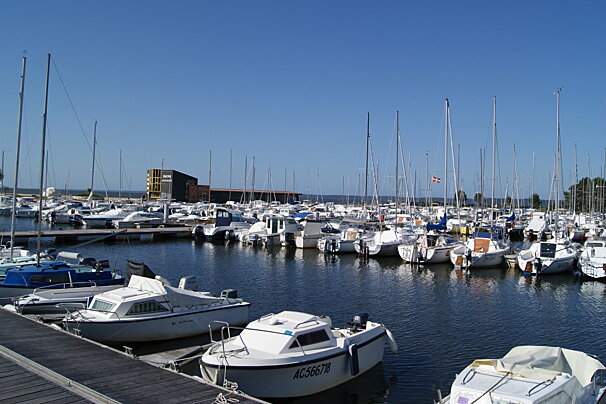
Part of the Médoc's Lakes which is made up of the municipalities of Lacanau, Carcans, and Hourtin.

The small village of Margaux, just north of Bordeaux, is most famously associated with the wine châteaux which produce the excellent Margaux appellation Médoc wines.